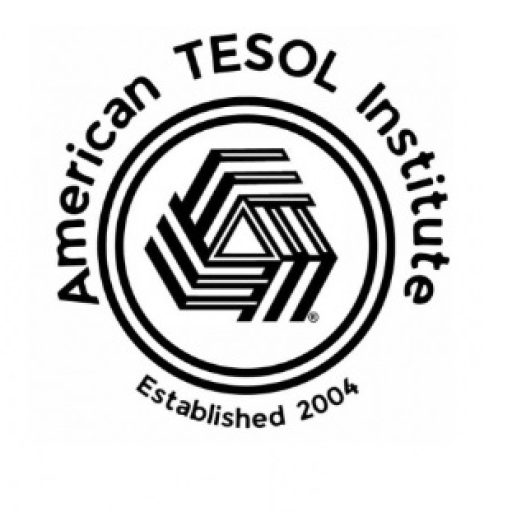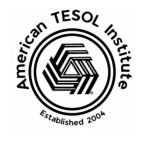Archives are treasure troves of history, culture, and knowledge. They preserve the records of human experience, offering a rich repository of materials that can inspire and enhance English language teaching and learning. From historic manuscripts to multimedia collections, these archives provide endless opportunities for TESOL teachers to create engaging lessons that captivate and educate students.
Famous Archives Around the World
- The British Library (London, UK)
- What It Offers: Home to over 150 million items, including the Magna Carta, Shakespeare’s First Folio, and handwritten Beatles lyrics. Its digital collections include manuscripts, maps, and historical documents.
- Teaching Inspiration: Teachers can use Shakespeare’s works or historical letters to explore English literature, idiomatic expressions, and cultural evolution.
- Library of Congress (Washington, D.C., USA)
- What It Offers: The largest library in the world, with over 173 million items, including books, photographs, recordings, and maps. The American Memory Project provides free access to a wide range of primary sources.
- Teaching Inspiration: The archive’s extensive collection of early American documents can help students explore U.S. history and practice reading comprehension.
- The National Archives (Kew, UK)
- What It Offers: A repository of UK government records, including the Domesday Book and World War II documents. Many resources are digitized and available online.
- Teaching Inspiration: Teachers can craft lessons about historical events, such as World War II, to teach vocabulary and storytelling.
- The Vatican Apostolic Archive (Vatican City)
- What It Offers: Holds 85 kilometers of shelving with manuscripts and documents spanning over 1,200 years.
- Teaching Inspiration: Religious and philosophical texts can introduce complex grammar structures and abstract concepts in English.
- Bibliothèque Nationale de France (Paris, France)
- What It Offers: Boasts collections of ancient manuscripts, medieval maps, and the Gutenberg Bible. The Gallica digital library provides free access to hundreds of thousands of items.
- Teaching Inspiration: French-English comparisons can deepen students’ understanding of etymology and shared linguistic roots.
- UNESCO Digital Archives (Global)
- What It Offers: Features multilingual resources, including educational materials, cultural records, and multimedia content.
- Teaching Inspiration: Ideal for introducing global issues, cultural diversity, and the role of English as an international language.
- Archives Nationales (Paris, France)
- What It Offers: Documents from the French Revolution, ancient maps, and historical treaties.
- Teaching Inspiration: Use these documents to teach descriptive language, formal writing, and persuasive techniques.
- National Archives and Records Administration (USA)
- What It Offers: Houses the U.S. Constitution, Bill of Rights, and historical photographs. It also provides access to presidential records.
- Teaching Inspiration: Government documents and speeches can inspire lessons on formal language and debate skills.
- Australian National Archives (Canberra, Australia)
- What It Offers: Collections on Australian immigration, Indigenous history, and military records.
- Teaching Inspiration: Focus on Australian English, idioms, and cultural diversity in language use.
- Archives of Modern Conflict (UK and Canada)
- What It Offers: Unconventional collections, including photographs, letters, and personal stories from wartime.
- Teaching Inspiration: Use these archives for storytelling exercises and discussions about resilience and human experiences.
How TESOL Teachers Can Use Archives
- Access Authentic Materials
Use letters, speeches, and articles as reading comprehension exercises. Authentic texts provide exposure to different writing styles and enrich vocabulary. - Cultural Context
Historical artifacts help students understand cultural references, idioms, and linguistic nuances. For example, analyzing wartime propaganda posters can teach persuasive language. - Listening and Speaking Activities
Many archives include audio recordings of speeches or oral histories. These can be used to practice listening comprehension and pronunciation. - Writing and Research Projects
Encourage students to research a topic using archival materials and present their findings through essays or presentations, improving critical thinking and writing skills. - Creative Storytelling
Archives inspire creativity. Students can create stories or role-play scenarios based on historical documents or photographs. - Comparative Language Studies
Many archives include multilingual materials. Teachers can use these to show how English has borrowed words and structures from other languages.
Fun Facts About Archives
- The British Library’s collection grows at a rate of over 12 kilometers of shelving every year!
- The Library of Congress has a “Whispering Gallery” where acoustics allow whispers to be heard clearly across the room.
- The Vatican Archive has an underground vault rumored to hold secret documents, sparking countless conspiracy theories.
- UNESCO’s World Digital Library features items from every continent, making it a truly global resource.
- The National Archives in the USA hosts the original Declaration of Independence and even organizes public viewing ceremonies on July 4th.
Archives provide TESOL teachers with unparalleled resources to create dynamic and meaningful lessons. By incorporating authentic materials from these world-renowned repositories, teachers can connect students to the richness of the English language and the global cultures it represents. So, why not explore these treasures and bring history, culture, and language to life in your classroom?



